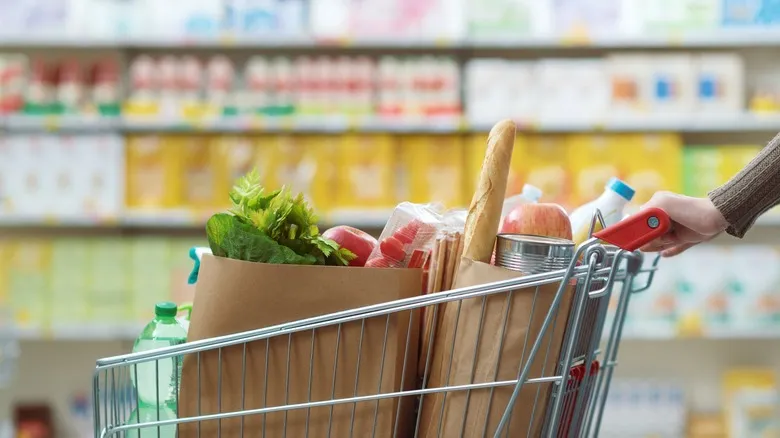Sort your items by weight
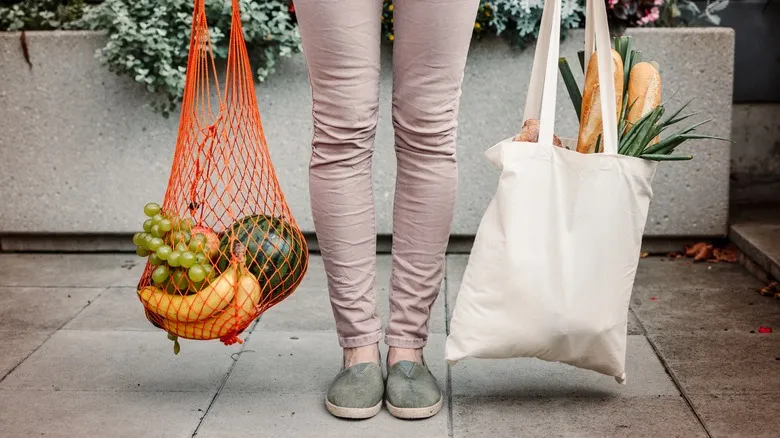
To start off, avoid placing heavy, dense items (like milk, canned tomatoes, or a six-pack of soda) in the same bag as fragile items such as bread and chips. Even if you believe you've arranged them securely enough to prevent crushing, items can shift significantly while driving or carrying the bags. Additionally, produce and eggs are also fragile, so keep them separate—if any eggs crack, you don’t want their contents leaking onto the fresh vegetables.
To make the bagging process easier, consider pre-sorting these items in your shopping cart. Place your most delicate products in the cart's basket and position the heavier items on one side of the cart. This approach is beneficial even if someone else is doing the bagging, and they will likely appreciate your consideration.
Keep certain items separate
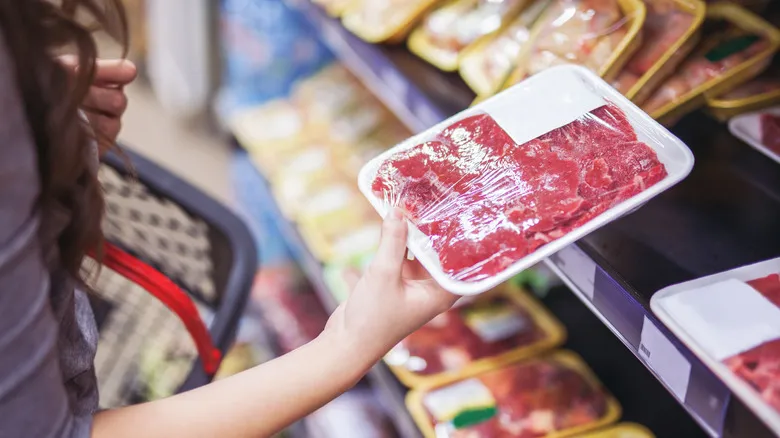
Striving to minimize the number of grocery bags you carry in a single trip is indeed a commendable objective. However, there are certain items that should be bagged separately, even if it means toting an extra bag from the car to the kitchen. Most importantly, this includes meat.
The typical plastic packaging for meat does not adequately prevent it from contaminating other items, such as produce (a common error is placing raw meat directly in your cart). Whenever possible, wrap your selected cut in a thin plastic bag from the produce section or keep it in its own separate bag. If you have other items with it, ensure they don’t have sharp edges that could puncture the plastic. It’s also wise to keep produce and eggs apart, as you want to avoid bruising your produce with heavier items, and eggs can break, leading to contamination of other items in the bag.
Sort your items by hot and cold
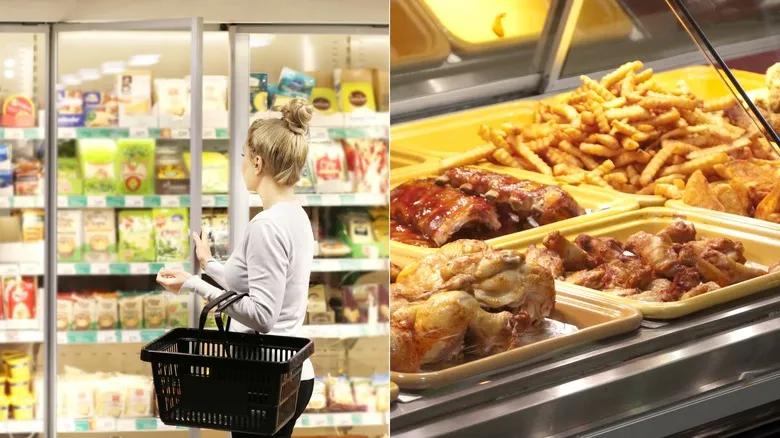
Organize your groceries into hot and cold categories for the benefit of your future self. You definitely don’t want your rotisserie chicken causing your ice cream to melt, nor do you want your frozen taquitos cooling off your deliciously fresh bagels. Besides the obvious fact that chicken and ice cream shouldn’t be stored together (haven’t you been paying attention?), there’s a strong case for sorting your groceries by temperature — and the repercussions of neglecting this are clear. Not only is it inconvenient, but certain items can spoil if they’re kept at elevated temperatures for too long, which is particularly crucial to consider if you have a lengthy drive home from the store. In such cases, insulated bags can be a smart choice — just remember to keep them clean.
While this may seem like a lot of organizing, the good news is that some of these strategies can be combined. For instance, frozen items tend to be heavier, while warm items like fresh bread are usually lighter. If your produce is the only cold item in your cart, it’s simple to separate it and accomplish two tasks with one bag.
Don't overfill your bags (and if you do, double-line them)

Sometimes, it can be quite entertaining to see how many items you can cleverly fit into a single bag. However, what’s not enjoyable? Picking up 80 individual Cheerios from the floor because your bag was overstuffed and burst open, damaging your apples and ruining your cereal. So, do your best to resist the temptation to cram your bag to the brim and save yourself from the inevitable mess that follows. Especially since if your bag is that packed, you’re likely not following the other grocery-sorting guidelines.
If you absolutely need to overfill your bags—particularly if they’re paper—consider double-lining them. This will enhance the sturdiness of the bottom and handles, making them more likely to withstand the journey to your fridge or pantry. Additionally, whenever possible, carry the bags from underneath instead of relying on the weak handles, even if they are doubled.
Use the wall method to maximize space
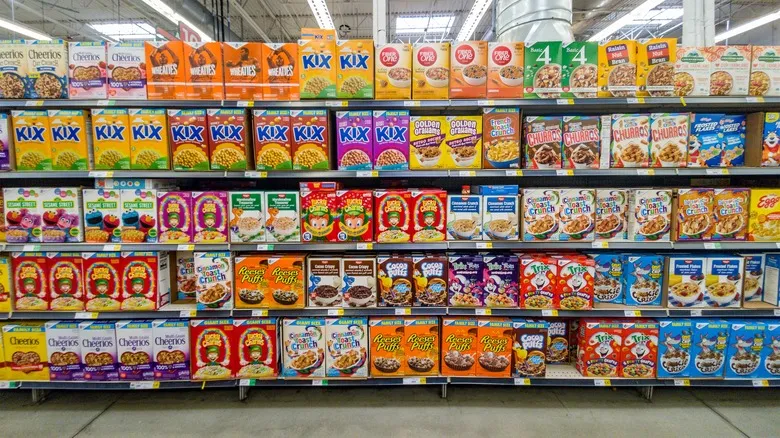
We're embracing those Tetris vibes again: Organizing boxes at the grocery store. This could involve cereal boxes, pasta boxes, or a box of those irresistibly tasty pumpkin spice Joe-Joe's from Trader Joe's. Instead of simply stacking them on top of one another, consider using them to create a protective wall around the edges of the bag. This will safeguard fragile items inside, like chips or pastries. Arranging boxes on all sides will help prevent any tipping that could crush the contents in the middle, while also providing structure to your bag, making it easier to carry.
This method also optimizes space — you won’t need a separate bag for boxes and another for the items you "store" within the wall. Cans can also be used to form your barrier, though they won’t be as tall. If you have a lot of them, it might be more effective to create a base layer and stack lighter grocery items on top. Just remember to lift your grocery bag from the bottom if you try this, to avoid overloading it.
Recommended

The Costco Shopping Hack That Saves Your (And Your Friends) Money
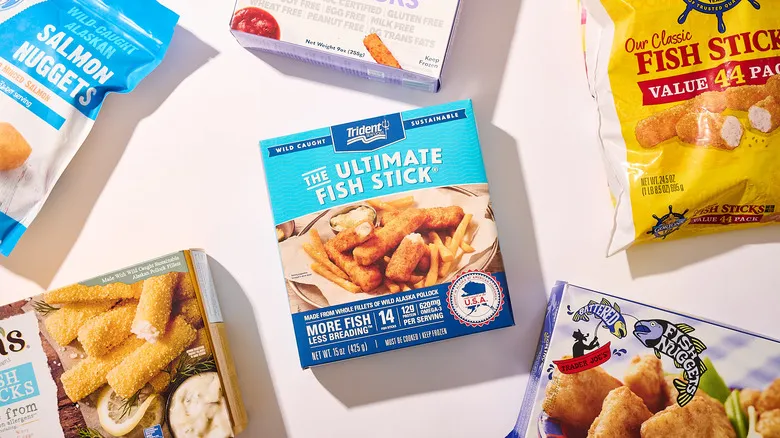
Frozen Store-Bought Fish Sticks And Nuggets, Ranked From Worst To Best
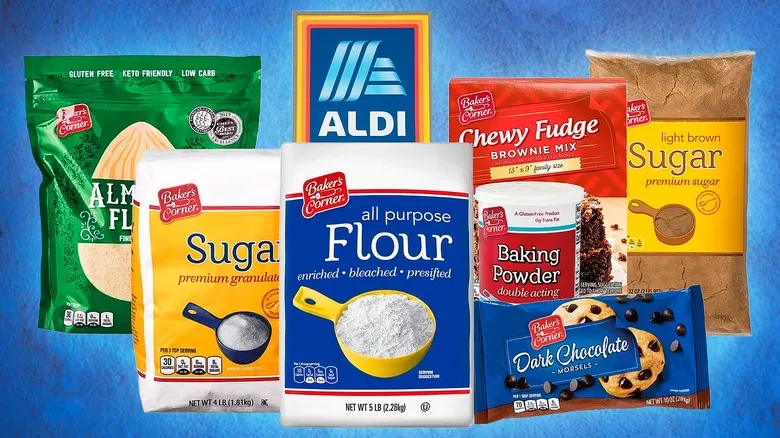
13 Baking Ingredients You Should Be Stocking Up On At Aldi

Andrew Zimmern's Money-Saving Grocery Shopping Advice Is Lowkey Genius
Next up

